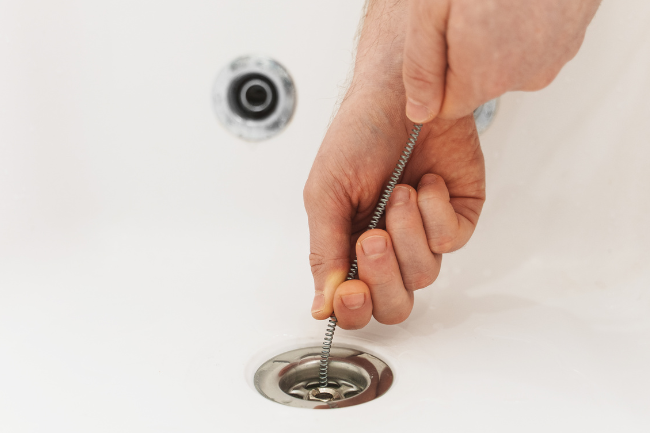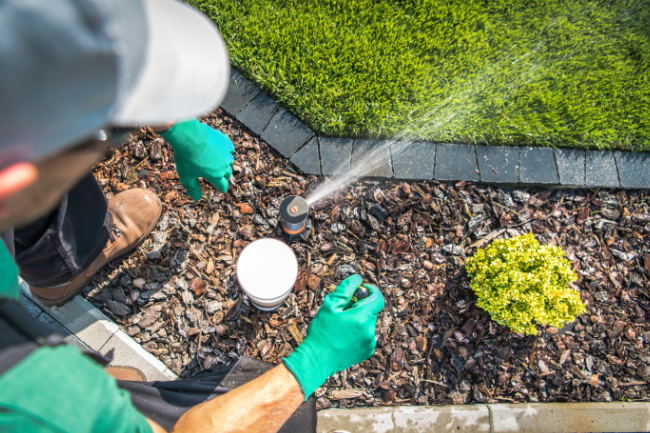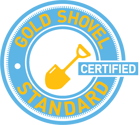A Step-by-Step Guide to Testing Home Water Pressure
Posted by William Heinselman on

If you've ever noticed weak water flow in your shower or a sudden drop in pressure when using multiple faucets, it might be time to check your home's water pressure. In Sacramento, where older plumbing systems and seasonal drought conditions can impact water flow, keeping tabs on your water pressure is essential for maintaining efficiency and preventing costly damage.
In this step-by-step guide, we'll walk you through how to test your home's water pressure, what the results mean, and what to do if adjustments are needed. With just a few simple tools, you can ensure your home's plumbing system is running smoothly and efficiently.
Why Water Pressure Matters in Your Home
Water pressure is crucial for the proper functioning of your home's plumbing system. If it's too high, it can cause wear and tear on your pipes and fixtures, leading to leaks and potential damage. Conversely, if the pressure is too low, it can result in weak showers, slow-filling appliances, and overall inconvenience.
Maintaining the right water pressure ensures that your plumbing system operates efficiently, extends the lifespan of your fixtures, and provides comfort for daily activities. It's an essential aspect of home maintenance that shouldn't be overlooked.
Essential Tools and Materials You Will Need
Before you begin testing your water pressure, gather the following tools and materials:
- A water pressure gauge
- Hose bib (outdoor faucet)
- Wrench
- Plumber's tape
Having the right tools on hand will make the testing process quick and straightforward, ensuring accurate results and minimizing the risk of any issues during the procedure.
Step-by-Step Instructions for Testing Water Pressure

-
Begin by locating a hose bib or outdoor faucet, which is typically situated on the exterior of your home. These are often found in easily accessible areas such as the backyard or side of the house. It's important to ensure that no water is being used inside your home during this test, as running water elsewhere can affect the accuracy of your reading. This means checking that all faucets, showers, and appliances like dishwashers and washing machines are turned off.
-
Next, attach the water pressure gauge to the hose bib. This step is crucial for obtaining an accurate measurement. Carefully screw the gauge onto the faucet, ensuring a snug fit. If the connection feels loose, use a wrench to tighten it securely. Additionally, apply plumber's tape to the threads of the faucet before attaching the gauge. This tape helps create a watertight seal, preventing any leaks that could skew your results.
-
With the gauge securely in place, turn on the faucet fully and allow the water to flow freely. As the water rushes through, the gauge will begin to display the water pressure reading in pounds per square inch (psi). It's important to let the water run for a few moments to stabilize the reading. Ideal residential water pressure typically ranges from 40 to 60 psi, providing a balance between sufficient flow and minimal strain on your plumbing system.
-
After obtaining your reading, turn off the faucet to stop the water flow. Carefully remove the pressure gauge, taking care not to damage the threads of the faucet. Once removed, record your results for future reference. Keeping a log of your water pressure readings can be helpful for tracking changes over time and identifying any potential issues with your plumbing system.
Interpreting Your Water Pressure Results
After testing, compare your water pressure reading to the recommended range of 40 to 60 psi. If your pressure falls within this range, your system is functioning properly.
If your pressure is above 60 psi, it may be too high and could cause damage over time. You may need to install a pressure regulator or adjust an existing one. If the pressure is below 40 psi, it may be too low, and you might need to investigate potential causes such as clogged pipes or issues with the municipal supply.
Tips for Maintaining Optimal Water Pressure
Regularly checking your water pressure is a crucial step in maintaining a well-functioning plumbing system. By doing so, you can ensure that the pressure remains within the ideal range of 40 to 60 psi, which is essential for the efficient operation of your home's water fixtures and appliances. If you frequently experience high water pressure, it is advisable to install a pressure regulator. This device helps to control and stabilize the pressure, preventing potential damage to your pipes and fixtures. Over time, pressure regulators can become worn or clogged, so it's important to clean or replace them as needed to maintain their effectiveness.
In addition to monitoring water pressure, it's vital to inspect your plumbing system for any leaks or blockages that could negatively impact water flow. Leaks can lead to water wastage and increased utility bills, while blockages can cause pressure fluctuations and reduce the efficiency of your plumbing. Replacing old or corroded pipes is another proactive measure that can help maintain optimal pressure levels, as aging pipes are more prone to leaks and blockages.
Furthermore, if you live in an area with hard water, consider installing a water softener. Hard water contains high levels of minerals like calcium and magnesium, which can accumulate in your pipes and fixtures, leading to mineral buildup that restricts water flow. A water softener can help mitigate this issue by removing these minerals, thereby improving water flow and extending the lifespan of your plumbing system. By taking these steps, you can ensure that your home's water pressure remains consistent and your plumbing system operates smoothly.
Keep Your Plumbing Up-to-Date With Express Sewer
Maintaining optimal water pressure is just one aspect of ensuring your home's plumbing system runs smoothly. For comprehensive plumbing services, consider partnering with Express Sewer. Our experienced professionals can help with everything from pressure regulation to pipe replacement, ensuring your system stays in top condition.
Contact Express Sewer today to learn more about how we can help keep your plumbing up-to-date and functioning efficiently.
Topics: Home Plumbing







